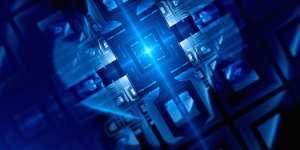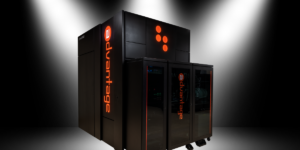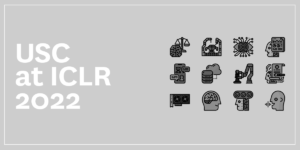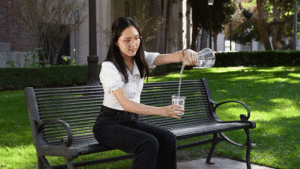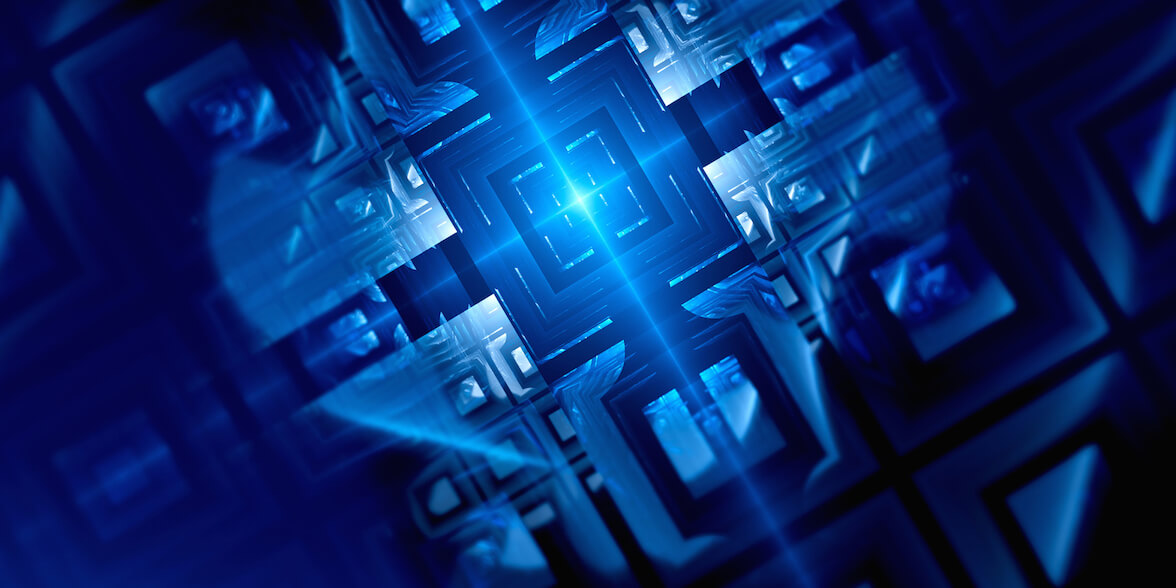
Image credit: Istock
AI is being applied to some of the world’s greatest challenges and a new paper from Caltech and USC reveals the first successful application of quantum computing to boost machine learning, an artificial intelligence method.
In their paper in Nature, Caltech and USC researchers reported a way to use a quantum computer’s processor known as an annealer to “train” AI to help particle physicists look for patterns. More specifically, quantum computing methods were used to improve and expedite machine learning by taking the noise out of the data. This allows particle physicists to generate more accurate models to confirm the appearance of rare Higgs bosons in ultra-high energy collisions. This particle was discovered with the Large Hadron Collider in Geneva in 2012.
The researchers contend that with the “training” from a quantum machine, artificial intelligence methods can more easily find the patterns in particle collisions. Furthermore, without identifying patterns, finding the Higgs is like looking for a needle in a haystack as the particles decay very fast and are hidden in the debris of numerous other particles.
Quantum computing’s potential is expected to be seen in various optimization problems, as the computer’s non-binary qubits allow quantum annealers to explore an incredible number of possibilities simultaneously with great speed. The researchers were careful to point out that their results do not amount to the long sought-after “quantum speedup.” Instead, they demonstrated higher accuracy in the performance of their quantum machine learning algorithm compared to standard machine learning methods used by the researchers. This was the case when training was restricted to relatively small samples.
“Our paper shows there is potential for using quantum machine learning methods in unexpected ways. The biggest challenge in this project was to make the quantum method work in the first place. We showed that quantum-inspired methods are a useful way to go as we work on improving quantum computers. As quantum annealing progresses, hopefully we’ll start to see a substantial quantum advantage in a variety of applications, and I hope our work helps to inspire that kind of progress,” said Daniel Lidar, one of the co-authors of the paper.
The artificial “training” was performed using a D-Wave 2X™ processor machine at the USC-Lockheed Martin Quantum Computing Center (QCC) based at the USC Information Sciences Institute (ISI).
The research by Maria Spiropulu, the Shang-Yi Ch’en Professor of Physics at Caltech; Spiropulu’s former graduate student Alex Mott, now at DeepMind; Jean-Roch Vlimant, a postdoctoral Scholar in High Energy Physics at CERN; Joshua Job, a graduate student in Physics at the USC Dornsife College of Letters, Arts and Sciences; and Daniel Lidar, the Viterbi Professor of Engineering at USC and the Director of the Quantum Computing Center at the USC Information Science Institute, was published in the article “Solving a Higgs optimization problem with quantum annealing for machine learning.” The article can be found here.
Published on October 25th, 2017
Last updated on October 25th, 2017




